About 1000 years ago, a tea ware born for tea - "teapot" - emerged.
Originally a product of folk kilns, the teapot became a rarity due to changes in tea-drinking habits and the love of rulers and the upper class at that time, leading to a transition from folk to official production.
After the end of the Song Dynasty and the beginning of the Yuan Dynasty, the teapot, which had been popular for a time, was forced to stop production and eventually declined.
It wasn't until 1981 that a large number of institutions, including the Central Academy of Arts and Crafts, the former Fujian Light Industry Research Institute, and the former Jianyang Porcelain Factory, successfully replicated the ancient teapot after years of research and experimentation, thus reviving the lost craftsmanship of the ancient teapot that had been lost for hundreds of years.
What sets the teapot apart is its unique spotty pattern. Its glaze colors can be roughly divided into "yao bian," "you di," "tu mao," "black glaze," and some miscellaneous colors.
So, I would like to talk to everyone about which glaze color is your favorite among these classic teapot shapes?
As "yao bian" teapots are rare and hard to come by, we won't consider them here.
01: Black glaze.
Teapots were originally made of black porcelain, so black glaze can be said to be its most authentic appearance. It is also known as "ganhei glaze" or "wujin glaze."
It has a black and glossy color, and the vitrification effect of the glaze is good. The glaze is generally thick, and there is a phenomenon of pooled and hanging glaze at the exposed base, which allows the flow of glaze to be observed, and some even have faintly visible spotty patterns.
Black is deep and pure, symbolizing the arrival of dawn.
02: Rabbit fur glaze.
Rabbit fur glaze is the most typical and largest product of Jian kiln, so people often use rabbit fur teapots as a synonym for Jian teapots.
So, what is "rabbit fur" glaze?
In fact, it refers to the fine and dense silk-like stripes that precipitate from the black base glaze, resembling the rabbit fur on a rabbit's body.
The most classic quote about rabbit fur glaze must be from Emperor Huizong of Song, who said: "The color of the teapot should be precious in its blue-blackness, and those with jade-like fur stripes are the best."
03: Oil drop glaze.
Speaking of the term "oil drop," the reason for its use actually originates from Japan. Experts in China generally believe that the "oil drop" refers to the quail dot.
In the early Northern Song Dynasty, Tao Gu wrote in his book "Qing Yi Lu": "Tea connoisseurs in Fujian cherish teaware with patterns resembling quail dots." This shows the preciousness of such teaware.
The spots on quail dot teaware vary in size and are generally round or oval in shape.
The colors of quail dot teaware include silver, silver-gray, yellow, and so on.
The distribution of the spots can be dense or sparse, much like oil drops floating on the surface of water.
04: Variegated Glaze.
In addition to the above classic glaze colors, all others fall under the category of variegated glaze.
The general varieties include persimmon red glaze, tea dust glaze, celadon glaze, crackle glaze, ash glaze, gray-white glaze, soy sauce glaze, and so on.


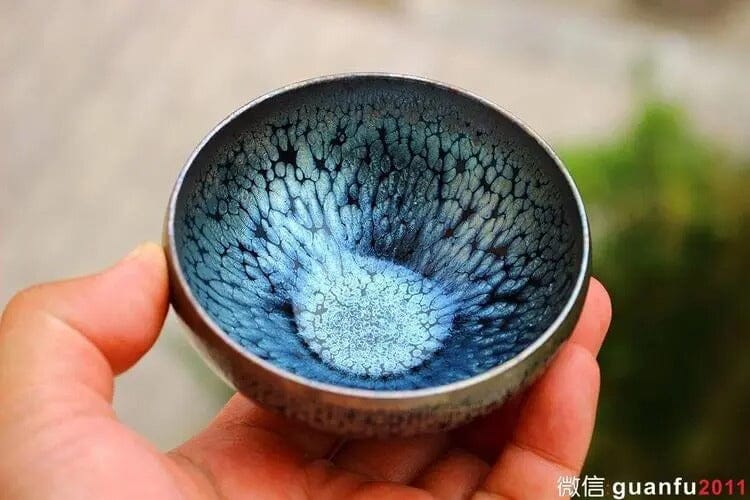
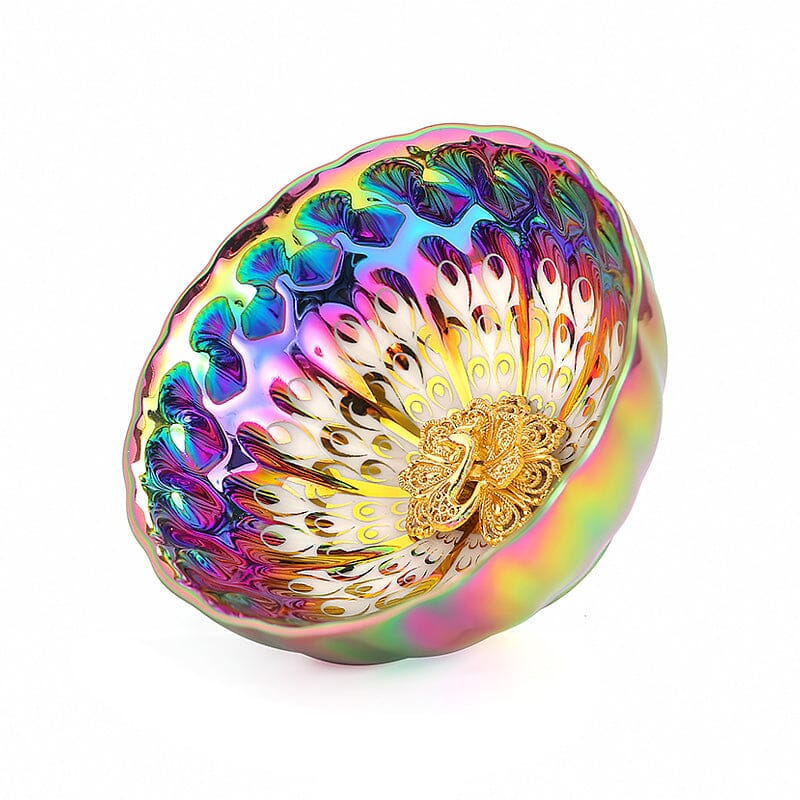
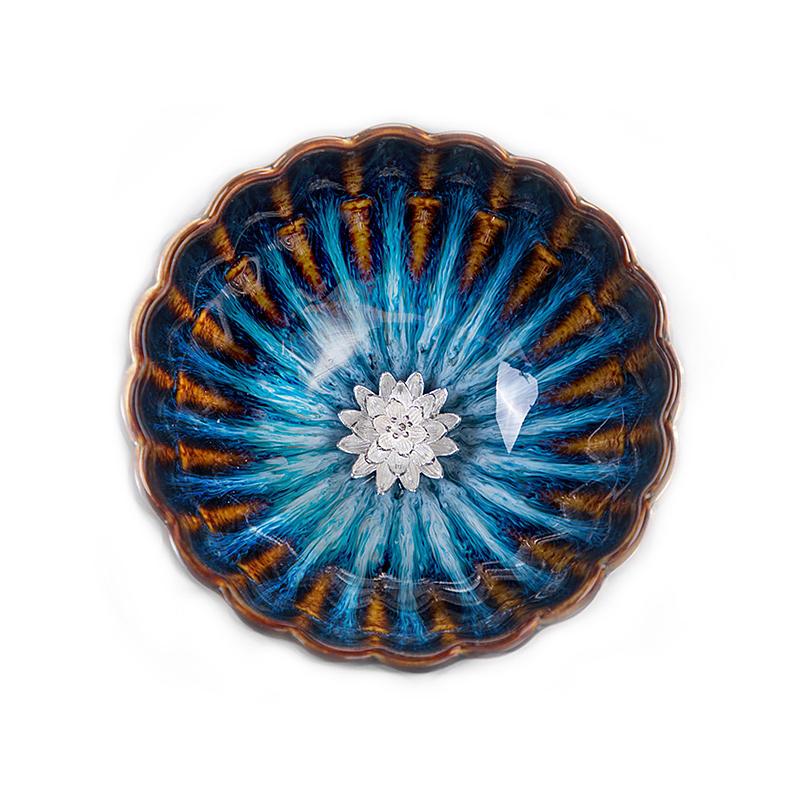
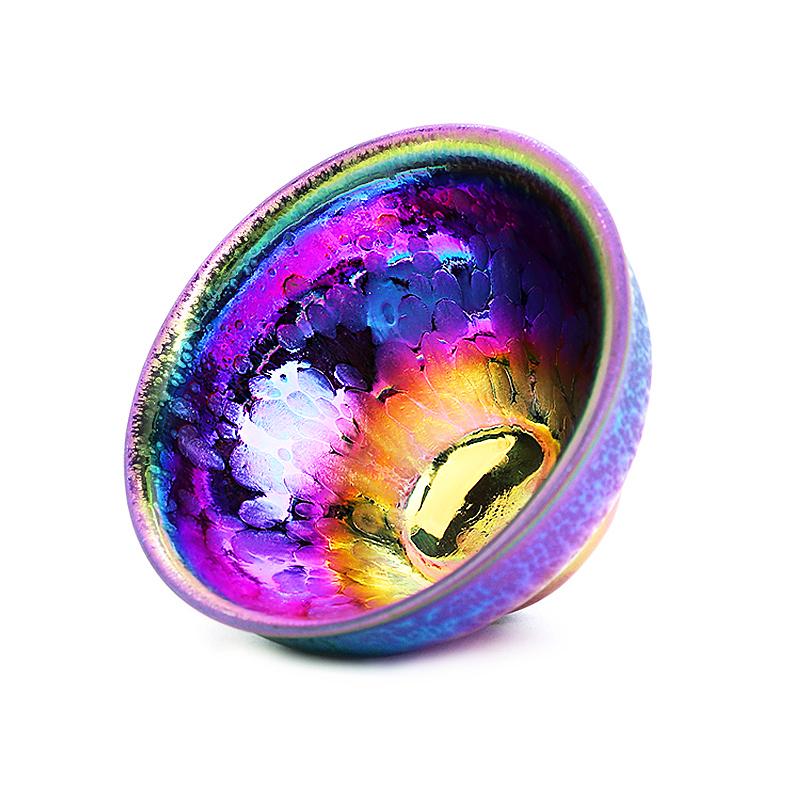
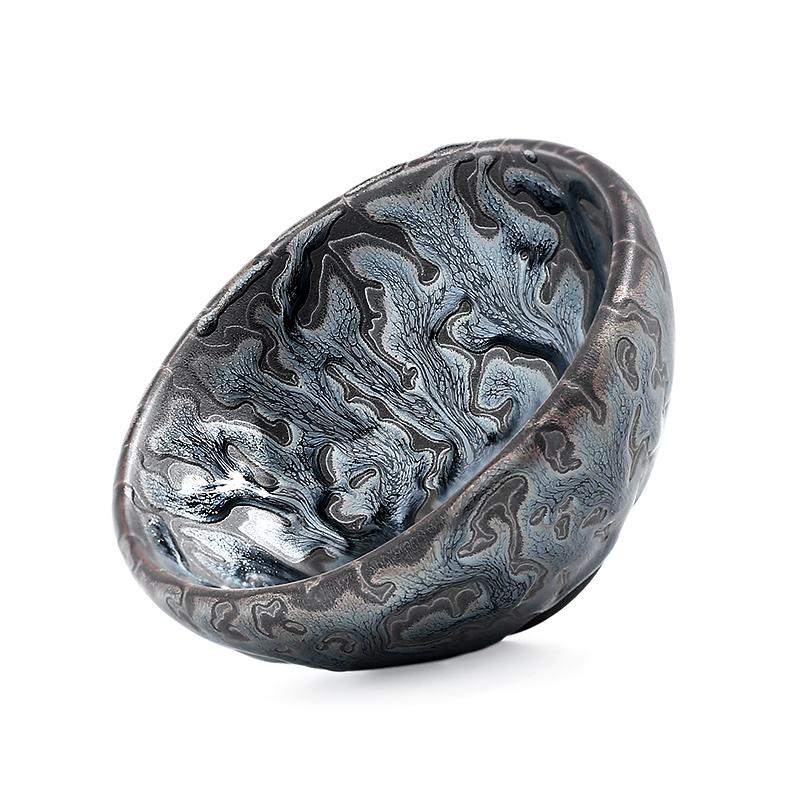
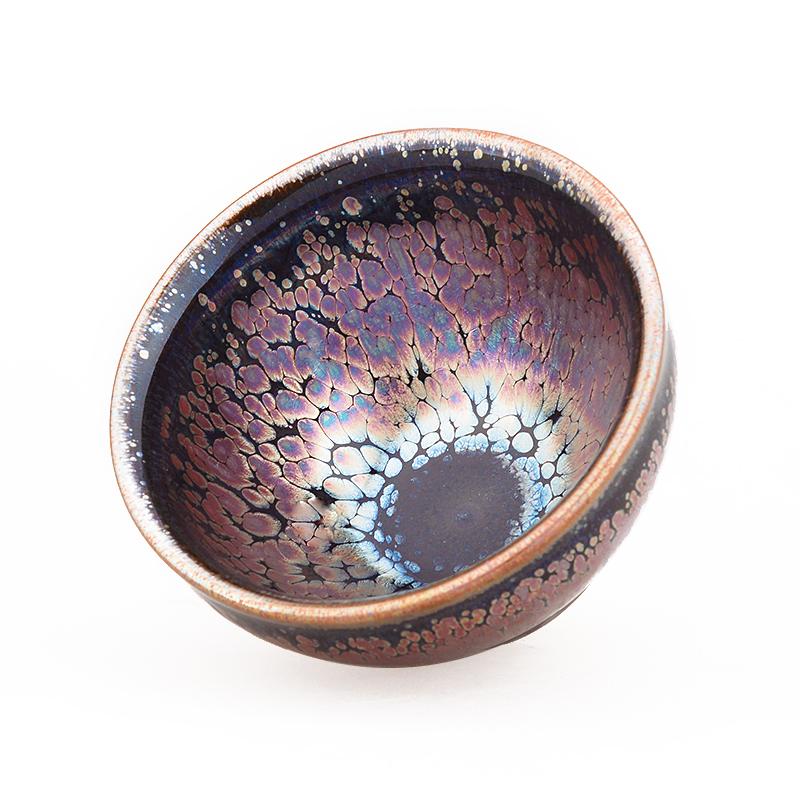
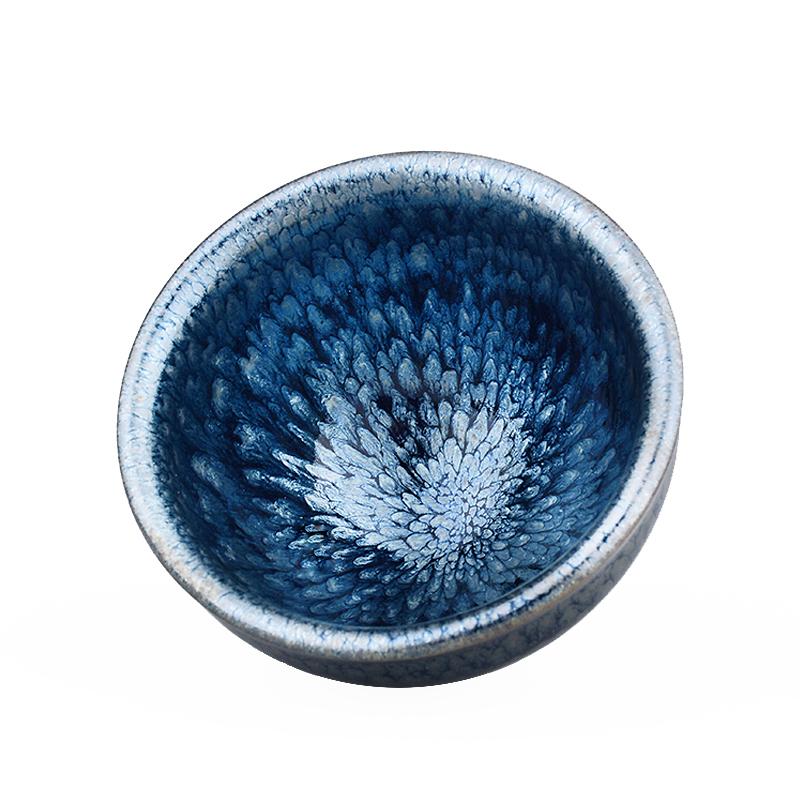
Share:
50 Yuan Tenmoku Cup Poisonous? Can Quality Tenmoku Be Cheap
What are the inevitable characteristics of Tenmoku?